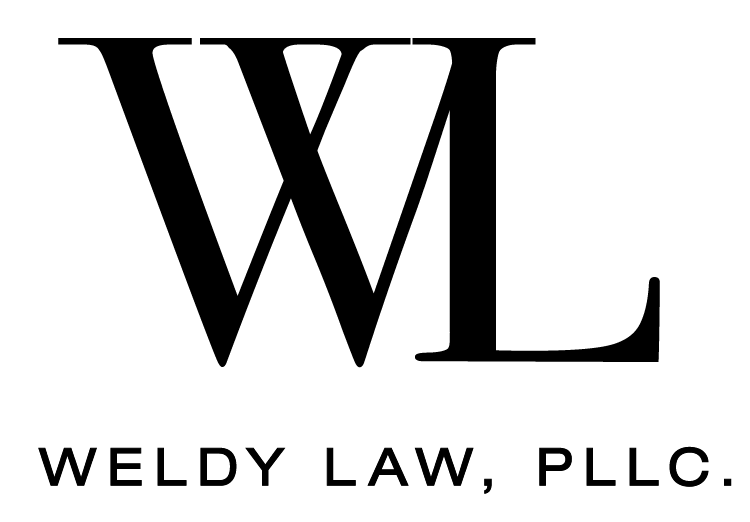The purpose of this blog is to describe a trust and its various uses in estate planning. Trusts can be extremely helpful in advanced planning to help address many issues faced by people in all walks of life. Trusts can help those with vast estates including multiple pieces of property and other valuable assets, but trusts can also benefit individuals with small estates and limited assets. Below you will find a brief overview of trusts including commonly used terms and elements needed for a trust to operate.
In its most simple terms, a trust is a form of contract. The main players are: the person who creates the trust, the Grantor, requests another person, the Trustee, to hold property for the benefit of a third person, the Beneficiary. A trust is typically set out in a Will or Trust Agreement and is not restricted to any particular terms or language. If a Will or other document which describes the trust relationship leaves out the Trustee’s powers, then Texas law as found in the Texas Property Code provides those powers and provisions that should control the trust relationship.
The Makeup of a Trust
Generally, a trust includes the following: name of the Grantor, name of the Trustee (including Alternate Trustees), identifies the Beneficiaries, provides for distributions and is funded (the grantor must contribute some value or property in order for the trust to exist). The trust also identifies the Trustee’s powers and typically includes a spendthrift clause.
The Creation of a Trust
A trust can be created during someone’s lifetime or created upon her death. If the trust is created during the grantor’s lifetime, the trust is an inter vivos trust. A trust that is to be created upon the grantor’s death is a testamentary trust.
Of course, this is not an exhaustive list of ins-and-outs of trusts, but it is a starting point. If you have any estate planning questions, Weldy Law, PLLC is here to help, contact our offices to schedule a consultation.
The above blog is for informational purposes only and is not legal advice nor does any information or communication with this website create an attorney-client relationship.


